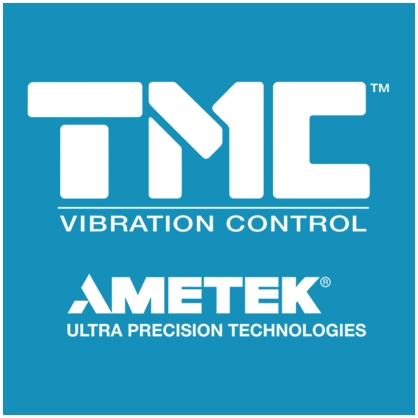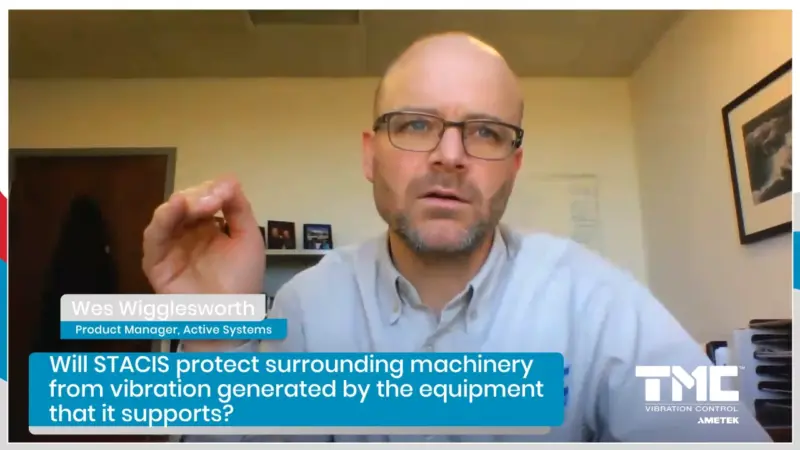Decoding the Science of Vibration Control Systems: Active vs. Passive Systems
The complex world of vibration control systems can often be categorized into two main types: passive and active vibration control. These are critical considerations in applications that demand precision and stability, such as in the use of highly sensitive scientific instruments or heavy machinery.
Passive vibration control is simpler and involves the use of materials like steel springs, rubber mounts, or air chambers that provide attenuation to vibration, primarily at very high frequencies. The degree of attenuation is heavily reliant on the resonant frequency of the material or spring used. For instance, rubber and steel springs, with resonant frequencies around 8-10 Hz and 4-7 Hz respectively, can only attenuate vibrations above these frequencies. The ease of setup and lack of height control make passive isolators suitable for applications with less sensitivity to floor vibration, such as low-power optical microscopes or machinery in a factory.
On the other hand, pneumatic isolation, a form of passive vibration control, offers superior performance because it operates at a lower resonant frequency, around 2 Hz, and starts attenuating vibrations at around 4-5 Hz. However, it’s more challenging to set up and requires a continuous supply of air or nitrogen. It typically involves a mechanical self-leveling system, which senses payload deflection and re-levels the payload. Some may mistake pneumatic isolation systems with self-leveling height control as active vibration control systems, but this is not accurate. These systems lack the essential components of an active vibration control system: an inertial sensor and an active feedback or feed-forward loop.
Active damping, often used in combination with a pneumatic spring, uses a sensor mounted to the payload, and a signal is sent back to the controller. The controller then controls the air flow into the isolator to reduce amplification at the air isolator’s resonance. This can be considered a form of active control, but it is important to note that this only reduces the resonance amplification and does not enhance the overall performance of the vibration isolation system.
In summary, while passive and active control systems each have their unique advantages and appropriate use cases, it is crucial to understand the specific requirements of the application in question to make an informed decision on the most suitable type of vibration control. Understanding the frequency range of vibration disturbances that need to be controlled and the required level of precision are critical factors in this decision-making process.




